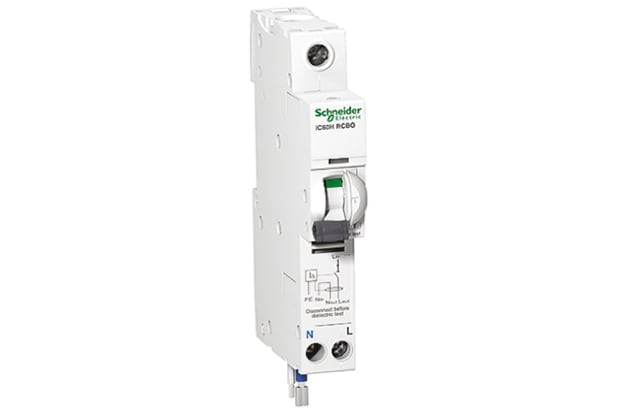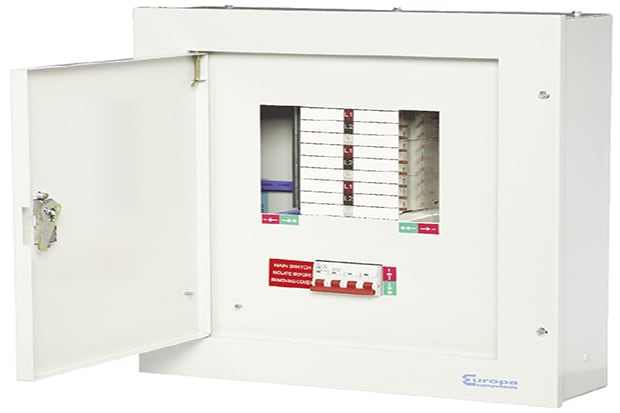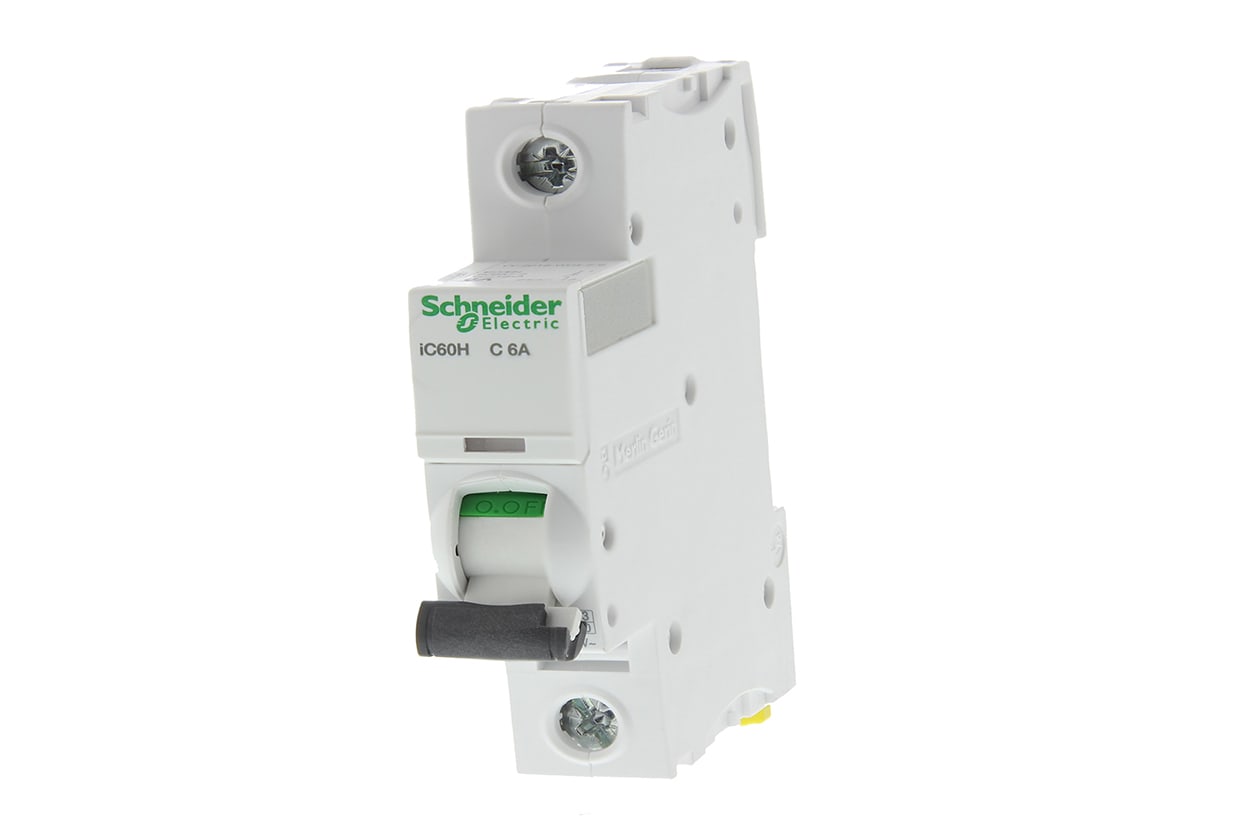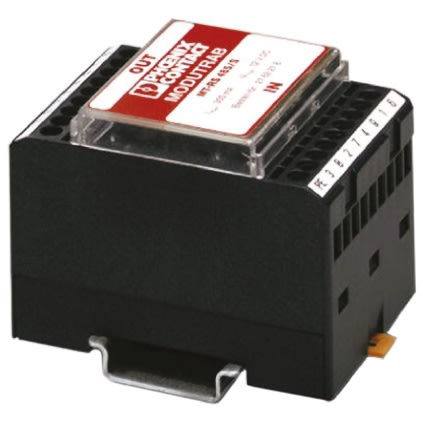Circuit Breakers
Having an effective and well-designed circuit protection system in every building is vital. It not only protects machinery and equipment from costly damage or even worse an electrical fire, but good circuit protection also ensures people are safe too.
Here, at RS we stock an extensive range of high-quality products within our circuit breaker range. They include various types of protection devices as well as consumer units, distribution boards and accessories. Whether you are designing and building a new system or maintaining an old one we have everything you need, providing the perfect end-to-end solution.
What are the different types of circuit breakers?
RCBO Breakers
RCBO stands for Residual Current Circuit Breaker with Over Current protection. Installed in consumer units they protect from short circuits, overload current and residual current as they combine all the functions of an MCB and an RCCB.
RCCB Breakers
RCCB stands for Residual Current Circuit Breaker. They are designed to quickly disconnect any circuit as soon as current leaks to the earthing wire. RCCBs are also effective in protecting from electrocution or shock from direct contact.
MCB Breakers
MCB stands for Miniature Circuit Breaker. They are designed to protect an electric circuit from overcurrent only. They do not safeguard people from electric shock caused by earth leakage.
MCCB Breakers
MCCB stands for Moulded Case Circuit Breaker. They are another type of electrical protection device used in higher current rating applications where an MCB would not suffice. An MCCB protects against overload and short circuit faults. With its high breaking capacity and a wider range of current ratings, MCCBs are typically found in industrial systems rather than domestic systems.
Guides & Articles

RCBOs Guide

Distribution Boards Guide

MCBs Guide













